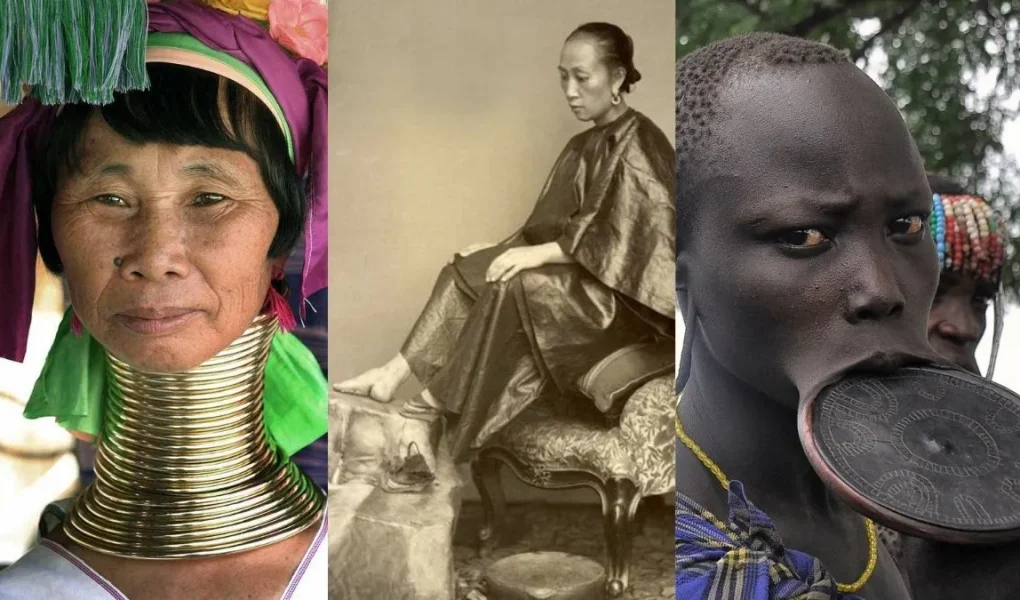ist-pasion.com – Extreme body modification, a practice that pushes the boundaries of conventional beauty and social norms, has a rich history and diverse cultural significance across the globe. This article delves into the reasons behind these modifications, the cultural contexts in which they are practiced, and the individuals who embrace these extreme forms of self-expression.
Historical and Cultural Contexts
Body modification has been a part of human culture for thousands of years, serving various purposes from social status to religious rituals. In many ancient societies, body modifications were a way to signify belonging to a particular group or to mark significant life events. For instance, in some African tribes, scarification was a rite of passage, while in Polynesian cultures, tattoos were a way to tell stories and denote social status2.
Modern Practices and Reasons
In contemporary times, extreme body modifications are often chosen for personal expression and to challenge societal norms. Individuals may modify their bodies to align with their identity, to make a statement, or simply for aesthetic reasons. The motivations behind these modifications are as varied as the modifications themselves, ranging from the desire for uniqueness to a deep-seated need to connect with a cultural heritage1.
Notable Figures and Practices
One of the most notable figures in extreme body modification is Eric Sprague, better known as the Lizardman. He is famous for his extensive body modifications, including sharpened teeth, which he achieved to resemble those of a reptile. Sprague’s modifications are not only a form of self-expression but also a way to challenge societal expectations and norms3.
Cultural Significance
Body modifications, whether traditional or extreme, are deeply embedded in cultural practices and beliefs. They serve as a form of communication, allowing individuals to express their identity and connect with their cultural roots. In some cultures, body modifications are a way to honor ancestors or to mark significant life events, such as marriage or initiation into adulthood2.
Challenges and Controversies
While body modifications can be a powerful form of self-expression, they also come with challenges and controversies. Individuals who choose to modify their bodies often face societal judgment and discrimination. There are also health risks associated with some modifications, which can lead to complications if not performed by qualified professionals1.
Conclusion
The culture of extreme body modification is a complex and multifaceted phenomenon that reflects the human desire to express oneself and connect with cultural heritage. Despite the challenges and controversies, many individuals find these modifications to be a meaningful way to explore their identity and challenge societal norms. As society continues to evolve, the practice of extreme body modification is likely to remain a significant aspect of cultural expression and personal identity.

